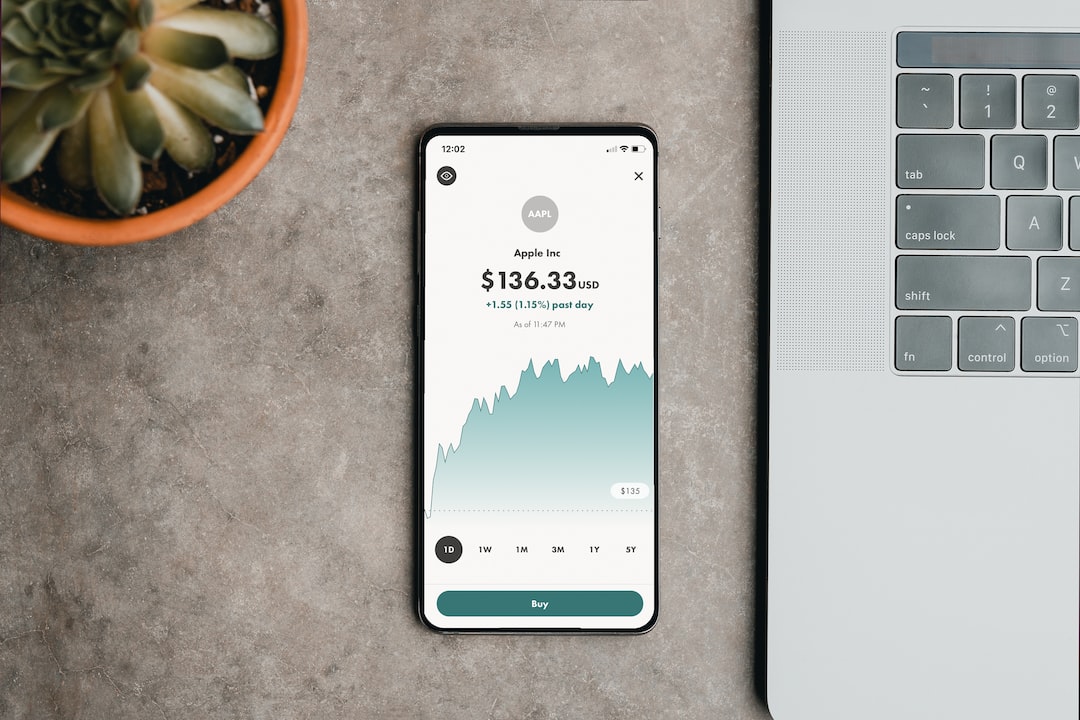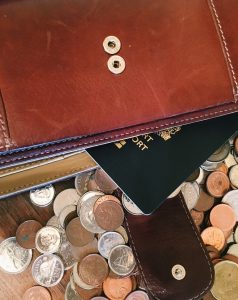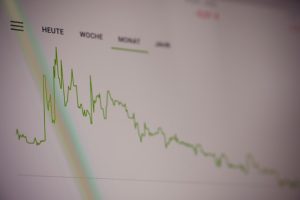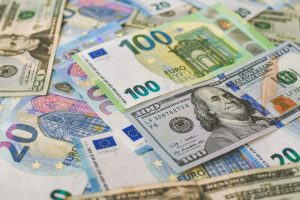Forex trading has seen a surge in popularity in recent years, with more and more traders turning to the currency market to make profits. As a result, banks have also increased their involvement in forex trading, and today, they are among the biggest participants in the market. In this article, we will explore what banks are trading today in forex and why they are doing it.
Firstly, it is important to understand that forex trading is the buying and selling of currencies. The aim of forex trading is to make a profit by speculating on the movements of one currency against another. Forex trading takes place in a decentralized market, which means that there is no central exchange. Instead, trading is carried out electronically through a network of banks, brokers, and other financial institutions.
Banks are among the biggest players in the forex market, and they trade for a variety of reasons. Firstly, banks trade forex to make a profit. Banks have large amounts of capital, which they can use to speculate on currency movements. This can be an effective way for banks to generate additional revenue, especially in times of low interest rates when traditional investment opportunities are limited.
Secondly, banks trade forex to manage risk. Banks have exposure to different currencies as a result of their international operations, and they need to manage this exposure to minimize their risk. Forex trading can help banks to hedge their positions and protect themselves against adverse currency movements.
So, what are banks trading today in forex? Banks trade a wide range of currency pairs in the forex market. The most commonly traded currency pairs include the EUR/USD, GBP/USD, USD/JPY, and USD/CHF. These currency pairs are also known as the majors and are the most liquid in the forex market, meaning that they have the highest trading volumes.
In addition to the majors, banks also trade a range of exotic currency pairs. Exotic currency pairs are those that involve currencies from emerging markets, such as the USD/ZAR or the EUR/TRY. Exotic currency pairs are less liquid than the majors, meaning that they have lower trading volumes and are more volatile. However, they can also offer higher potential profits for traders who are willing to take on the additional risk.
Banks also trade forex through a range of different strategies. One common strategy used by banks is carry trading. Carry trading involves borrowing money in a low-interest-rate currency and investing it in a high-interest-rate currency. The aim of carry trading is to profit from the interest rate differential between the two currencies.
Another strategy used by banks is trend trading. Trend trading involves identifying trends in the market and trading in the direction of the trend. The aim of trend trading is to profit from the momentum of the market.
Finally, banks also use technical analysis to trade forex. Technical analysis involves studying charts and using indicators to identify patterns and trends in the market. Banks use technical analysis to make informed trading decisions and to identify potential entry and exit points in the market.
In conclusion, banks are among the biggest players in the forex market, and they trade for a variety of reasons. Banks trade a wide range of currency pairs, including the majors and exotic currency pairs, and they use a range of different strategies, including carry trading, trend trading, and technical analysis. By understanding what banks are trading today in forex, traders can gain valuable insights into the market and make informed trading decisions.





